Yellow is often considered a happy and cheerful color, but that doesn’t apply to fiddle leaf figs. For these green giants, yellowing leaves are a huge red flag that indicates the plant is not happy about something.
If you’re also a fiddle leaf fig parent like us, the appearance of these yellow leaves can be extremely daunting. We understand how worrying it can be to see your green leaves turn yellow, so we’ve taken it upon ourselves to help you with your problems.
Here are all the possible reasons your fiddle leaf fig is turning yellow and how you can save it:
Age
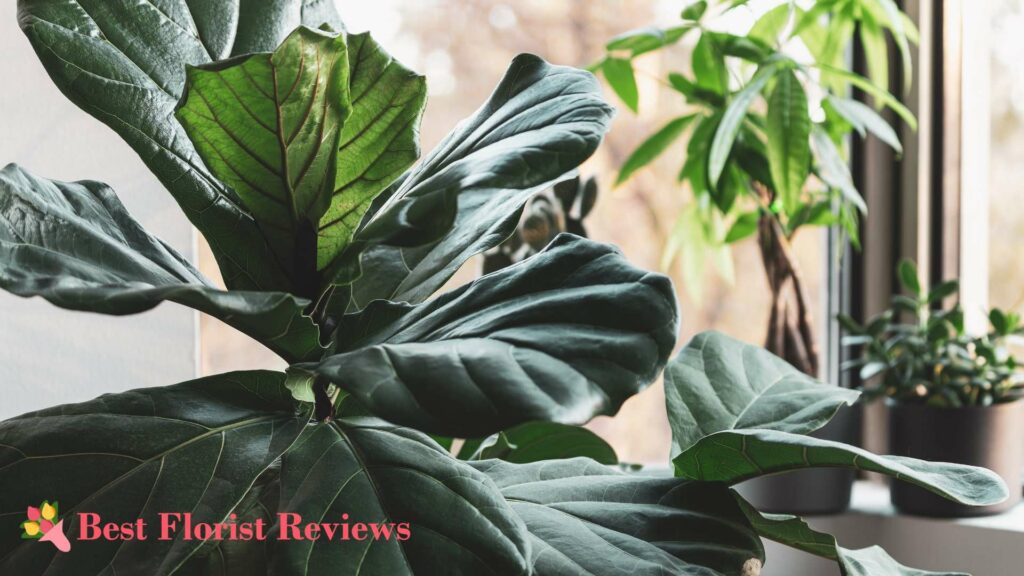

Sometimes, the yellowing of the leaves might just be a natural occurrence that all fiddle leaf figs go through as they age. Like how humans’ hair changes color as they age, leaves will also fade and turn yellow when they’re too old already.
Older leaves are generally less efficient in photosynthesis than younger ones, producing less chlorophyll, which leads to their yellowing appearance. They’ll eventually drop as the plant focuses more on developing new leaves.
You can typically distinguish age-related yellowing from other causes based on the location of the yellowing. Age-related yellowing usually starts from the bottom and progresses upward since bottom leaves are typically the oldest.
If the yellowing is caused by the plant’s natural aging process, then it shouldn’t be a cause for concern. The plant will be just fine and will continue to produce healthy, green leaves.
You won’t be able to fix yellowing caused by age, as it’s inevitable. Just let the leaves turn yellow and continue providing the same care to the plant.
Underwatering
Water is necessary for fiddle leaf figs to perform metabolic processes and maintain health. If they are underwatered for an extended period, they may not have enough resources to support all of their leaves, resulting in yellowing.
In extreme cases of underwatering, your fiddle leaf fig may also start shedding leaves to conserve its resources further. Older leaves will be the first to turn yellow and drop as the plant will prioritize the needs of the newer leaves.
How to Fix Underwatering
To fix underwatering, regularly monitor the moisture level in the soil to gauge when the plant needs water. Your fiddle leaf fig may need more watering during hot days, as water evaporates much quicker.
Ensure that the plant is watered when the top inch of the soil is already dry. When watering it, make sure to water thoroughly until you have excess water draining from the pot’s drainage hole.
If you’re using a saucer for your pot, empty any standing water, as this can lead to root rot.
Overwatering
Overwatering is just as bad, if not more, as underwatering when it comes to fiddle leaf figs. They’re sensitive to soggy soil, and prolonged exposure can lead to various problems, including yellowing leaves.
When the soil remains consistently soggy, there’s a high chance that root rot-causing fungi will grow on the soil. This can lead to damaged and decaying roots, impairing the plant’s ability to absorb oxygen, nutrients, and water.
If the roots continue to rot, your fiddle leaf fig won’t have enough resources to perform photosynthesis and produce chlorophyll, which is responsible for the green color of the leaves. The leaves will soon start turning yellow before they completely droop.
How to Fix Overwatering
To fix overwatering, carefully remove the fiddle leaf fig from the pot to inspect the roots. If you notice some rotting, trim the affected roots away using clean scissors.
If the root rot is severe or the plant has been overwatered for an extended period, consider repotting the plant with a fresh potting mix. Make sure that the pot has drainage holes to avoid waterlogged conditions.
Always allow the top inch of the soil to dry out before watering the plant again to avoid overwatering it. It’s also crucial that you empty the saucer, as standing water can damage the plant’s roots.
Poor Drainage
No matter how hard you try to follow proper watering practices, if the pot doesn’t have proper drainage and the soil retains too much water, the leaves of your fiddle leaf fig can still turn yellow.
Poor soil drainage can result in waterlogged soil, where excess water accumulates in the root zone and does not drain away. This can suffocate the roots and affect their ability to absorb nutrients, resulting in yellow leaves.
Similar to overwatering, lack of proper drainage can also cause root rot.
How to Fix Poor Drainage
Allow the top inch of the soil to dry before watering. If it’s still not dry even after a week, then your soil probably lacks proper drainage and retains too much water.
To fix poor drainage, you have no choice but to repot your fiddle leaf fig.
Choose well-draining potting for your fiddle leaf fig, and make sure the pot has enough drainage holes. Potting mixes with perlite, vermiculite, coarse sand, and orchid bark typically have excellent drainage.
Trim away any damaged root before repotting your fiddle leaf fig to allow the plant to focus on the remaining healthy roots.
Nutrient Deficiency
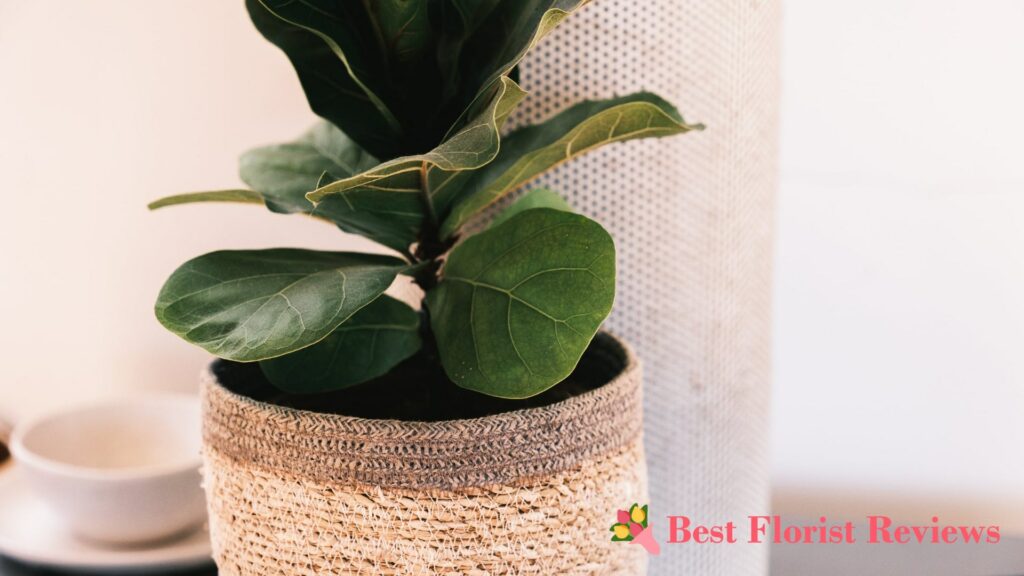

Fiddle leaf figs are fast growers that need a lot of nutrients to support their rapid growth. Unlike other plants that only add a few inches to their height each year, they grow two feet yearly.
The soil should be able to provide them with all the essential nutrients and macronutrients that they need. This includes nitrogen, phosphorus, potassium, zinc, iron, and manganese.
If the soil lacks nutrients, the plant can suffer from yellowing leaves, especially if the soil has a significantly low nitrogen content. The plant will also have stunted growth, so you can easily identify if the yellow leaves are caused by nutrient deficiency.
How to Fix Nutrient Deficiency
You will need to repot your fiddle leaf fig yearly, so make sure to use a nutrient-rich soil mix each time.
To fix nutrient deficiency, look for potting mixes rich in organic materials like compost since they tend to contain all the necessary nutrients fiddle leaf figs need.
You can also supplement the soil with water-soluble fertilizer during the growing season to improve its nutrient content.
Fertilizers with a 3-1-2 NPK ratio are typically the most suitable for fiddle leaf figs suffering from yellow leaves.
Make sure to monitor the soil’s pH and keep it around 6 to 7. If the pH is way out of this range, the roots may not be able to absorb the nutrients in the soil.
Overfertilization
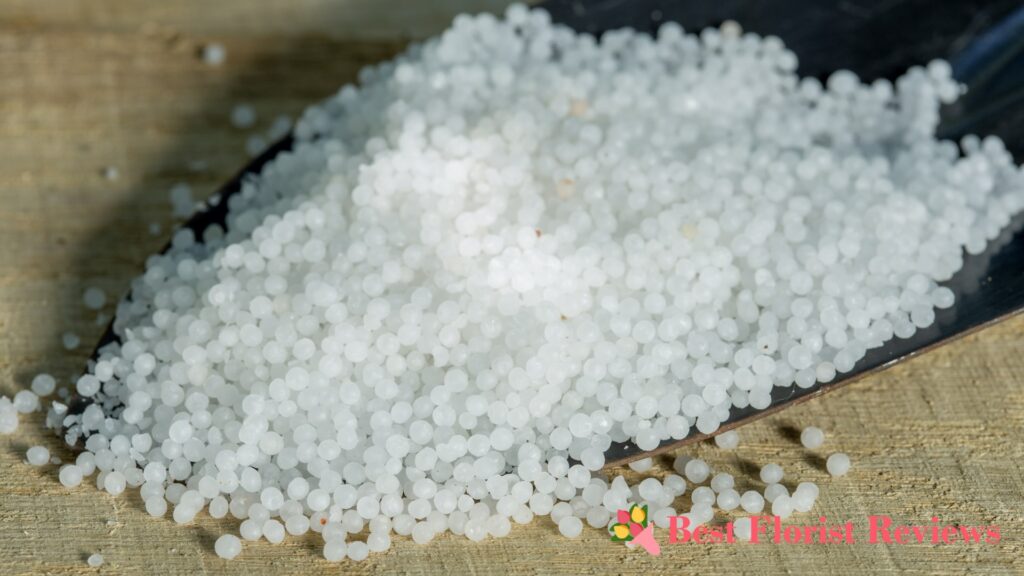

Anything too much is bad, including fertilization. Adding more fertilizer than necessary won’t make your fiddle leaf grow faster than normal and may only cause its leaves to turn yellow.
Fiddle leaf figs are quite sensitive to excessive salt in the soil, which can result from overfertilization. High salt concentration can lead to root burn, damaging the delicate roots of your beloved fiddle leaf fig.
As a response to root damage, the plant may exhibit yellow leaves.
How to Fix Overfertilization
If the plant is already exhibiting yellow leaves due to overfertilization, the best course of action to fix it is to flush the soil to remove excess salt. Water can take away the salt as it drains from the pot, so water the plant thoroughly.
After flushing out the salt in the soil, make sure to follow the recommended dose in your fertilizer, and don’t apply anything more than necessary. It’s also best to avoid applying fertilizer during the plant’s dormant period.
Root Bound
As fast-growing plants, fiddle leaf figs tend to outgrow their pots much faster than other plants. They typically need to be repotted yearly because the roots grow rapidly, causing them to get root-bound.
When your fiddle leaf figs become root-bound, the roots circle around the pot and get compacted. This limits the plant’s ability to absorb water and nutrients in the soil, resulting in slow growth and yellowing leaves.
How to Fix Root Binding
If the roots are already circling around the pot, it means it already needs a bigger home.
To fix root binding, repot the plant to a pot at least 2 inches larger than the current one to give the roots enough space to spread.
Make sure to water the plant at least 24 hours before repotting it to make removing it from the pot easier. Carefully remove it from its current plant and gently tease the root ball apart to encourage it to grow outward into the new soil.
Trim away the parts of the roots that have become damaged due to being root-bound, as it’s unlikely that they can still be saved.
Temperature Stress
Fiddle leaf figs are tropical plants that are used in warm weather and are sensitive to cold temperatures. Exposure to cold drafts and chilly air can cause stress, which the plant can manifest in yellow leaves.
That said, they also should be exposed to extremely high temperatures. They can suffer from heat stress if they’re constantly subjected to high temperatures, causing their leaves to turn yellow.
How to Fix Temperature Stress
Fiddle leaf figs do best in temperatures of 60°F to 75°F, so make sure to keep your indoor temperature within this range.
To fix temperature stress, avoid exposing the plant to extreme temperatures, drafts, or sudden temperature fluctuations.
Leaves that have already turned yellow can no longer be saved, so it’s best to trim them away. This will allow the plant to redirect its resources to its other leaves, speeding up its recovery.
Incorrect Lighting Conditions
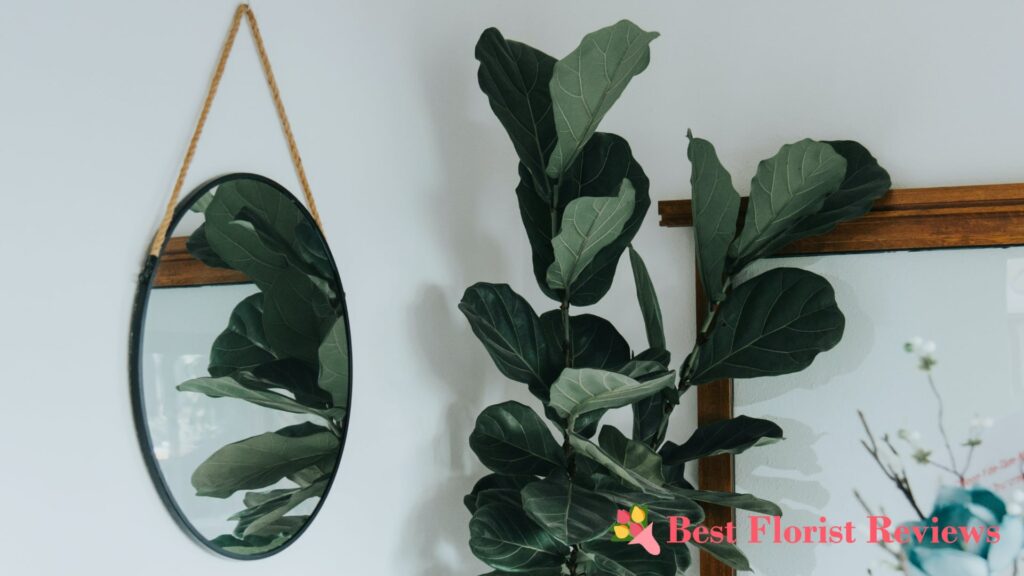

Fiddle leaf figs thrive when they receive bright, indirect light throughout the day since they are native to rainforests, where they grow under the shade of tall trees. They can also handle some direct light as long as the sun isn’t too hot.
Low-light conditions limit the plant’s ability to carry out photosynthesis, so it can’t produce enough chlorophyll, leading to yellowing leaves. Even moderate light is sometimes not enough to support the plant’s light requirements.
Leaves of fiddle leaf figs that don’t receive enough sunlight typically turn light green from the vein before they become yellow. If you notice this happening to your plant, then it’s time to move it somewhere it can get more sunlight.
How to Fix Poor Light Conditions
To fix poor light conditions, place your fiddle leaf figs near a south-facing or west-facing window since these windows typically receive the most sunlight.
Consider placing sheer curtains in the windows to filter out the light and prevent leaf scorch.
If the plant is placed somewhere with extremely low lighting conditions, don’t immediately move it to a bright place. Gradually move it closer to its new location over several days to give the plant time to adjust to its new growing condition.
Pest Infestation
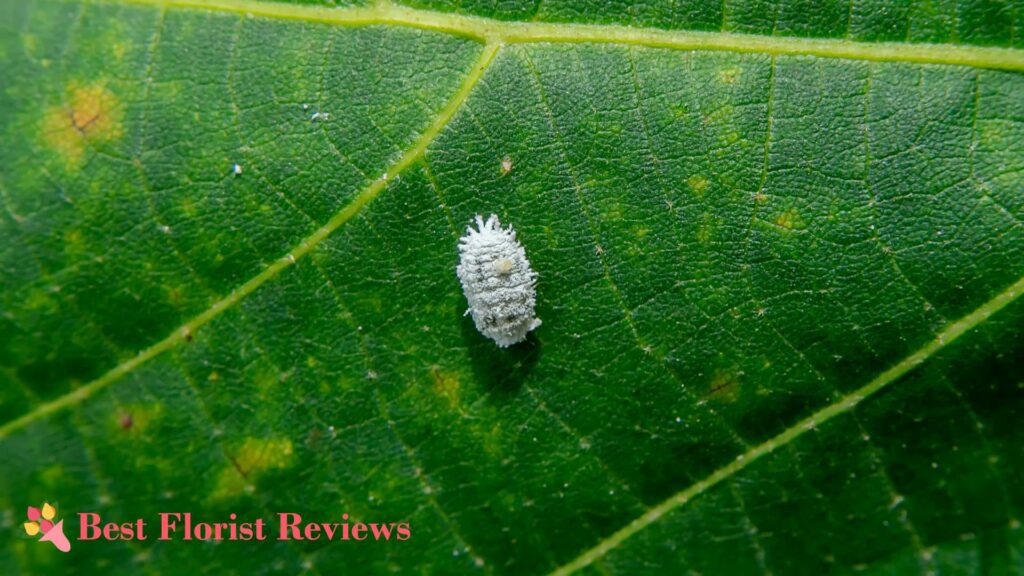

Fiddle leaf figs are more susceptible to pest infestation compared to other house plants because of their large leaves that are attractive to sap-sacking pests. It’s quite common for them to suffer from yellowing leaves caused by pest damage.
Most pests, like spider mites, scale insects, and aphids, feed on the plant’s sap. This weakens the plants and damages the cells in the leaves, causing them to turn yellow.
Yellowing typically starts as small spots in certain areas before spreading across the leaf. If left untreated, the infestation and yellowing can also spread to other plants in your home.
How to Fix Pest Infestation
To fix pest infestation, if possible, move your fiddle leaf fig away from other healthy plants to prevent the pest from spreading. You should also cut off severely infested leaves since they can be more challenging to save.
Manually remove the pests from the plants using a soft brush or a cotton swab dipped in alcohol. Remove as much pest as you can before you apply insecticidal soap or neem oil on the leaves.
You may have to repeatedly apply insecticidal soap, neem oil, and insecticide before all the pests are completely eliminated.



